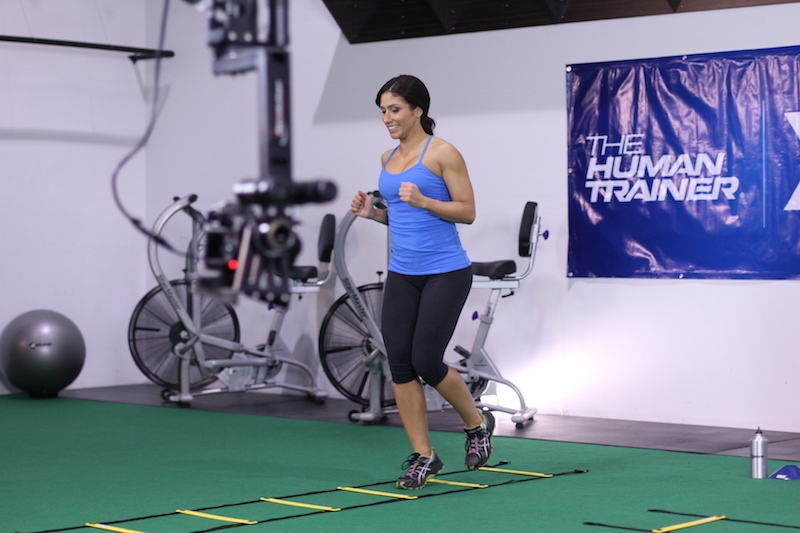Acronyms have taken over the world as a way to get to the point quickly, but for those who are attempting to learn something new, they can be quite frustrating when you don’t know a given acronym’s meaning. I came across this with HIIT, HIT, and HIIRT.
HIIT, HIT, and HIIRT are all forms of High Intensity Training, with HIIT being the celebrity of the group. HIIT has lately become the recommended form of exercise over the conventional hour or more workout routine.
If you’re as acronym deficient as I am, here are the needed definitions to get you started:
HIT – High Intensity Training: involves doing one set of each exercise, up to momentary muscle failure or exhaustion. The main principle of HIT is that the workout is short (usually 10-20 minutes) and intense with reps performed slowly and controlled. READ MORE on HIT
HIIT – High Intensity Interval Training: involves short period intervals of high intensity (usually cardio exercise) training done just shy of max effort, followed by a short recovery period of low intensity movement. There is no set number of reps to accomplish, just do as many as you can at high intensity for the allotted time period.
HIIRT – High Intensity Interval Resistance Training: can be considered a hybrid of HIT and HIIT. (Some fitness professionals may just qualify HIIRT as HIIT) It is pretty much HIIT including resistance strength exercises.
What would qualify as high intensity?
On a 1-10 scale of perceived exertion, high intensity can be considered anything over an effort level of 7. When using max heart rate (MHR) as a guide, high intensity can be considered exercising above 80% of MHR.
Benefits of high intensity type training:
– Shorter workout times allows exerciser more free time and causes one to be more motivated to workout.
– Intense, intermittent physical activity results in increased metabolic rate, expedited release of fat stores and increased release of fatty acids to be used as fuel (weight loss), decreased inflammation, improved insulin levels, and reduced cortisol secretion.
NOTE:
- Due to the high level of intensity and the amount of time necessary to appropriately recover from the exercise session, it is recommended to do no more than two days of high intensity exercise per week, allowing at least one full day of recovery between training sessions.
- High Intensity Beginners: Start with a lower number of work intervals and work up to doing 10-12 high intensity work intervals.
- If you are not particularly fit and/or overweight it is recommended to stick with the traditional way of exercising until your muscles are stronger in order to prevent injury.
Don’t know where to start?
Our X-50 Challenge will guide you through 50 days worth of HIIT, all from the comfort of the device of your choosing! COMING SOON…
Resources: acefitness.org, ancestralmomentum.com






 Payments powered by:
Payments powered by:

